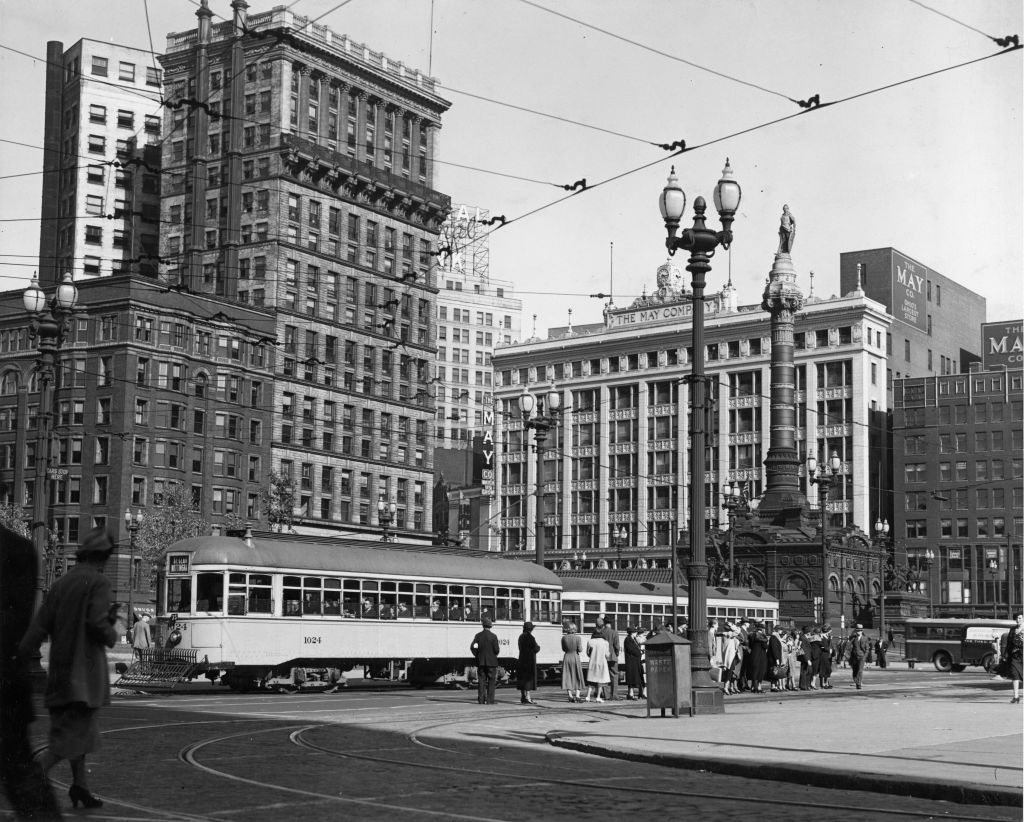
February 6, 2024
Sarah Mayrant Walker Fossett’s Fight For Justice Helped Integrate The Cincinnati Streetcar
The fight to integrate streetcars dates back to the mid-1860s, when Black voices sought to spark racial freedom. Civil rights pioneer Sarah Mayrant Walker Fossett used her voice and harnessed her power of perseverance and justice to claim her right to ride in a Cincinnati, Ohio, streetcar.
Fossett’s stand against the Cincinnati streetcar system took place before the abolition of slavery and nearly a century before Rosa Parks and the Montgomery Bus Boycott. By the 1850s, Cincinnati was the sixth largest city in the United States, with a population of 115,000 and about 3,600 African American residents by 1860.
On January 16, 1860, Fossett, a hairdresser from South Carolina, was on her way to an appointment to fix a client’s hair for their wedding. Fossett had diligently cultivated a network on her journey to building her own hair salon empire in Cincinnati. She decided to take the Third Street line, operated by the City Passenger Railroad Co. When Fossett ascended the platform, a white conductor denied her entry. But Fossett held onto the streetcar rails as the horses trod on, while the conductor remained persistent in prying her hands off. According to a story provided by the Cincinnati Preservation, Fossett bit the conductor’s knuckles until she finally released her grip after three blocks. She suffered multiple injuries.
To pursue justice, Fossett filed a lawsuit against the streetcar and had the white conductor, Henry Kimber, charged with assault and battery. The judge presiding over the case fined Kilmer $10 plus costs, which is about $344 today. Fossett sought $1,000 in damages but only received $65 for the entry denial. According to the company, Fossett did not step on the platform and claimed the car was already in motion when she lunged onto the rails.
The Weekly Law Gazette reported that Fossett testified that the “the Conductor stopped for her and said she could not ride. She told him it was her impression that it was a public conveyance and that she was not committing any offense. The conductor then commenced beating her across the breast and shoulders; still, she held on to the car and refused to get off. The conductor then told the driver to go ahead. When the cars had proceeded a square or so, the conductor pushed her off.”
James J. Robbins, president of City Passenger Railroad, testified that the conductors were following his orders not to permit “colored people” entry on the streetcars. The company’s official rules, however, were not indicative of his orders in his testimony.
In favor of Fossett, the judge acknowledged, “It is not pretended that the passenger was in any way disorderly, that she refused to pay her fare, that there was any lack of room for her accommodation, that any of the passengers objected to her being received, or that there was any objection to her whatever but her complexion.”
As a result of his verdict, Black women and children were legally allowed to ride inside the streetcar, while Black men were permitted to ride outside on the platform. It took another incident, two years later, for the city to desegregate all streetcars.
Fossett’s legacy lives on, not only for her legal victory but also for how she changed society and fostered community as the first pastor of First Baptist Church of Cumminsville in 1879. She established the church with her husband, Peter Farley Fossett, and in December 2023 was recognized with an Ohio historical marker placed outside the church.